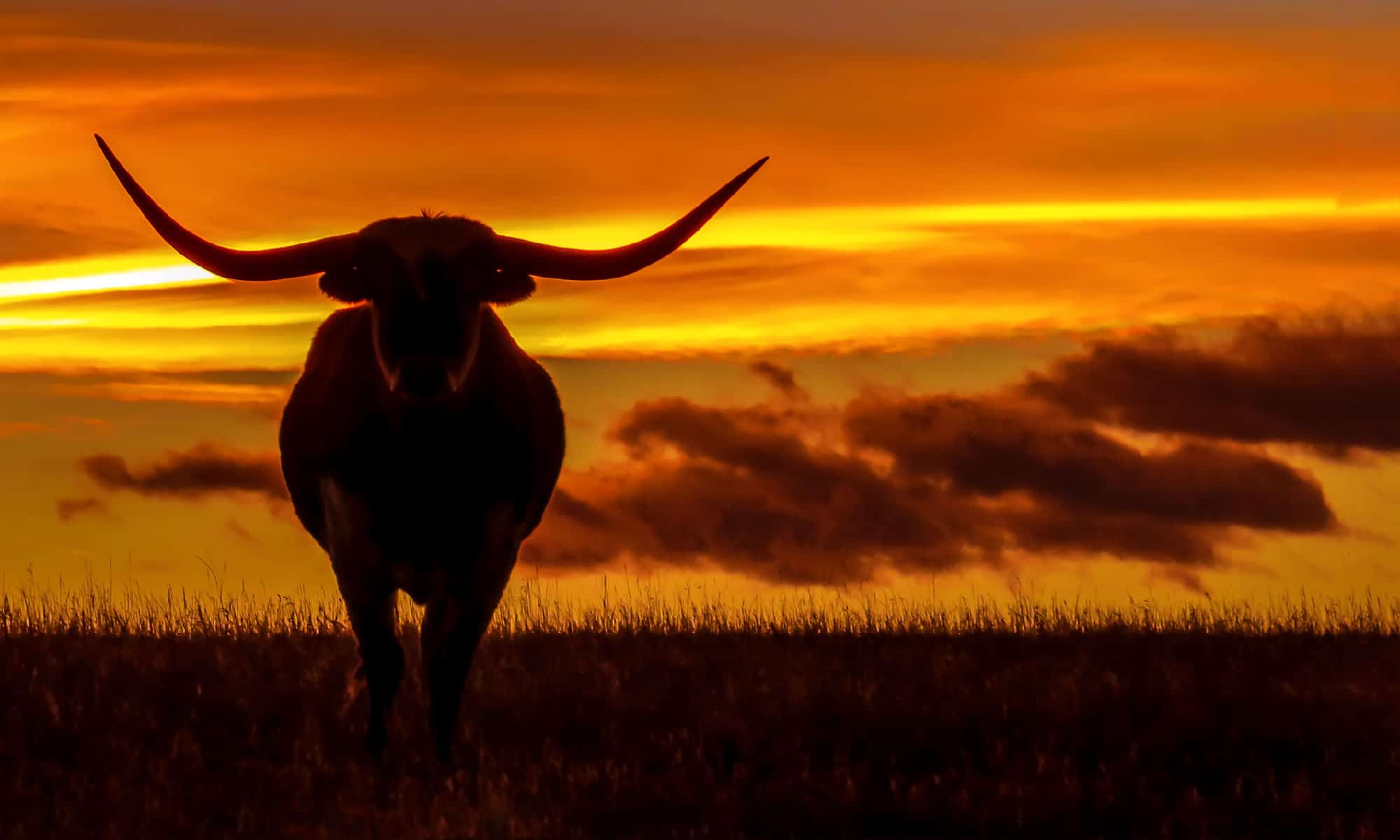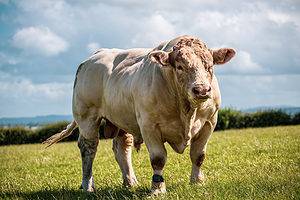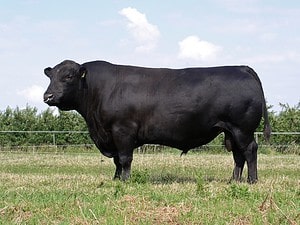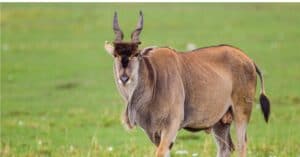Cows are among the most easily recognized and popular animals on the planet. The reason we often forget cows live among us is that we are so accustomed to seeing them. The docile temperament and cute wide-eyed look of cows make them adorable animals.
However, how often do we ever think about just how many cows are in the world? Compared to what you might think, there are a lot more cows on the planet. Keep reading to learn more about cow populations and their impact on the environment.
How Many Cows Are In The World?

The number of cows on the planet exceeds 1.5 billion.
©M. Vinuesa/Shutterstock.com
The earth is home to a lot of cows. Could you guess the total number of cows? Is it a number that you would consider somewhere in the millions? You would actually be pretty far off the mark if you guessed somewhere in the millions. According to Statista, there were approximately one billion cattle worldwide in 2022, up from approximately 996 million in 2021. The number of cows per person is nearly one in five. As a matter of fact, some countries, like New Zealand, have more cows than people.
It seems that there are cows everywhere you look! It is as if the world is practically swamped with them. So why are cows such beloved animals to begin with? What exactly is it about them that makes them so popular? We’re talking about billions of cows worldwide, after all! The popularity of cows seems to be driven by a few factors.
What Makes Cows So Popular?
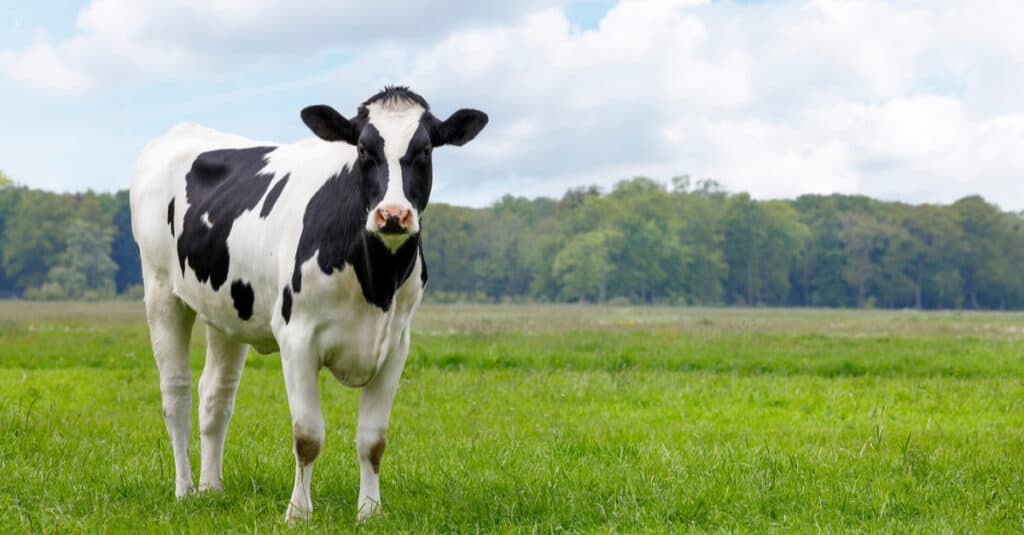
In the majority of cases, cows are used to produce dairy products, such as milk and cheese, as well as beef.
©dropStock/Shutterstock.com
The number of cows is much greater than that of most other livestock. Have you ever wondered what it is about cows that makes them such a popular choice? There are many reasons why cows are among the most popular farm animals in the world. The answer to this question is actually quite simple, in fact. There are many farmers who strive to increase the number of cows on their farms in order to increase the profit they can make from the sale of dairy products and beef.
It is important to understand the significance of the historical significance of cattle when understanding the reason for its popularity and the growth of its population. In many Asian countries, beef is one of the staple foods and is used to make traditional dishes that are native to their culture. Among consumers, beef is a popular meat option, and many restaurants also serve beef on their menus. Breeding cattle has become necessary for farmers since cattle hide is also used in making leather. Due to increased commercial demands, farmers must expand livestock and poultry populations.
All of the above reasons suggest that the population of cows may even continue to grow. As cattle demand increases over the coming years, we may see the inventory of cattle increase dramatically.
After learning what makes cows so popular, let’s see which countries have the most cows.
Which Countries Have The Most Cows?
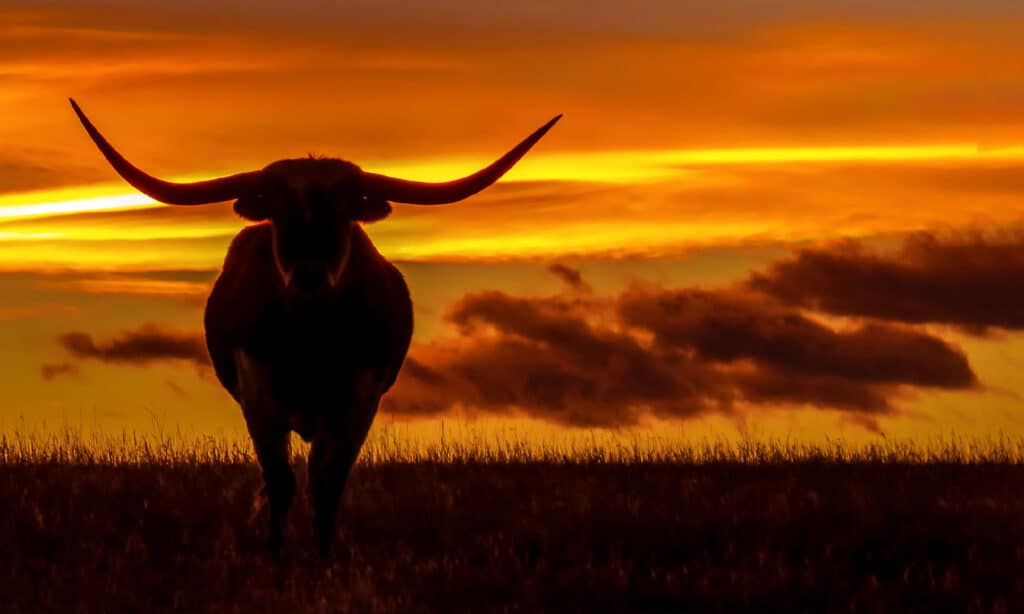
Cow populations vary around the world.
©iStock.com/DawnKey
Producing goods and breeding animals according to demand is a common practice in every country. As a result, cow populations vary around the world. Among the world’s cow populations, India seems to dominate. In 2021, India had over 305 million cattle on hand. India had the highest cattle population that year, followed by Brazil, China, and the United States, with over 996 million cattle worldwide. In total, India and Brazil account for 53% of the global cattle population, while China, the United States, the European Union, and Argentina account for 33%.
Most Popular Cattle Breeds In The United States
Around the world, there are more than 70 recognized breeds of cows. It is estimated that 800 million tons of milk are produced each year by all of these cattle breeds combined. However, no two cow breeds are the same.
Let’s take a look at four of the most popular cow breeds in the United States:
Black Angus
The Black Angus breed is the most common beef cattle breed in the United States. There are more than 330,000 registered Black Angus cows. One reason the breed is so popular is the characteristics of its meat, which are marketed as yielding meat with a rich flavor and plenty of marbling. Another positive aspect of this breed is that they are pretty self-sufficient as calves. These cows are also great at being mothers as well.
Holstein Friesian
Black and white cows probably come to mind when you think of stereotypical cows. This breed is known as the Holstein Friesian. The reason this breed is so popular is that it is often used in advertisements for dairy products. There is plenty of high-quality milk produced consistently by these cows. Because of this, they are generally kept as dairy cows in order to continue producing milk.
Hereford
Hereford cattle can be found worldwide in a variety of climates, which makes them a popular breed. They are, after all, a highly adaptable breed of cow. In the U.S., Herefords were popular because they matured early and fattened well. It’s common to hear that Herefords are docile, easy to breed, milk well, and are also very dependable mothers.
Simmental
Among all breeds of cattle, the Simmental is one of the oldest and most widely distributed. American beef farmers have been benefitting from the introduction of these red and white cattle since the late 19th century. Having a large body frame, they require little help during calving season and can gain weight quickly.
Environmental Impacts Of Cattle
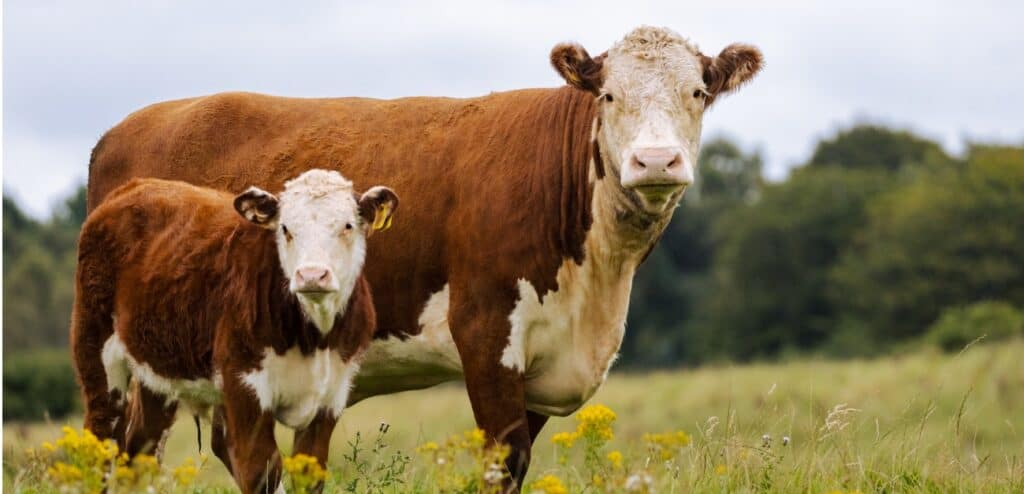
Due to the emission of greenhouse gases, including methane, cattle production has a considerable impact on climate change.
©iStock.com/Scott Allan
Throughout the world, cattle herds are growing rapidly, and they pose a significant threat to the environment, wildlife, and forests. It is reported that livestock is responsible for the emergence of exotic species, climate change, the loss of coral reefs, and the pollution of lakes and rivers. A large amount of methane is released when cows digest their food. The gas is produced by cattle in quantities ranging from 250 to 500 liters each day, and it is more potent than carbon dioxide as a greenhouse gas. Beef and dairy cattle emit more methane than all other livestock, making up 14.5% of all greenhouse gas emissions.
Thank you for reading! Have some feedback for us? Contact the AZ Animals editorial team.

